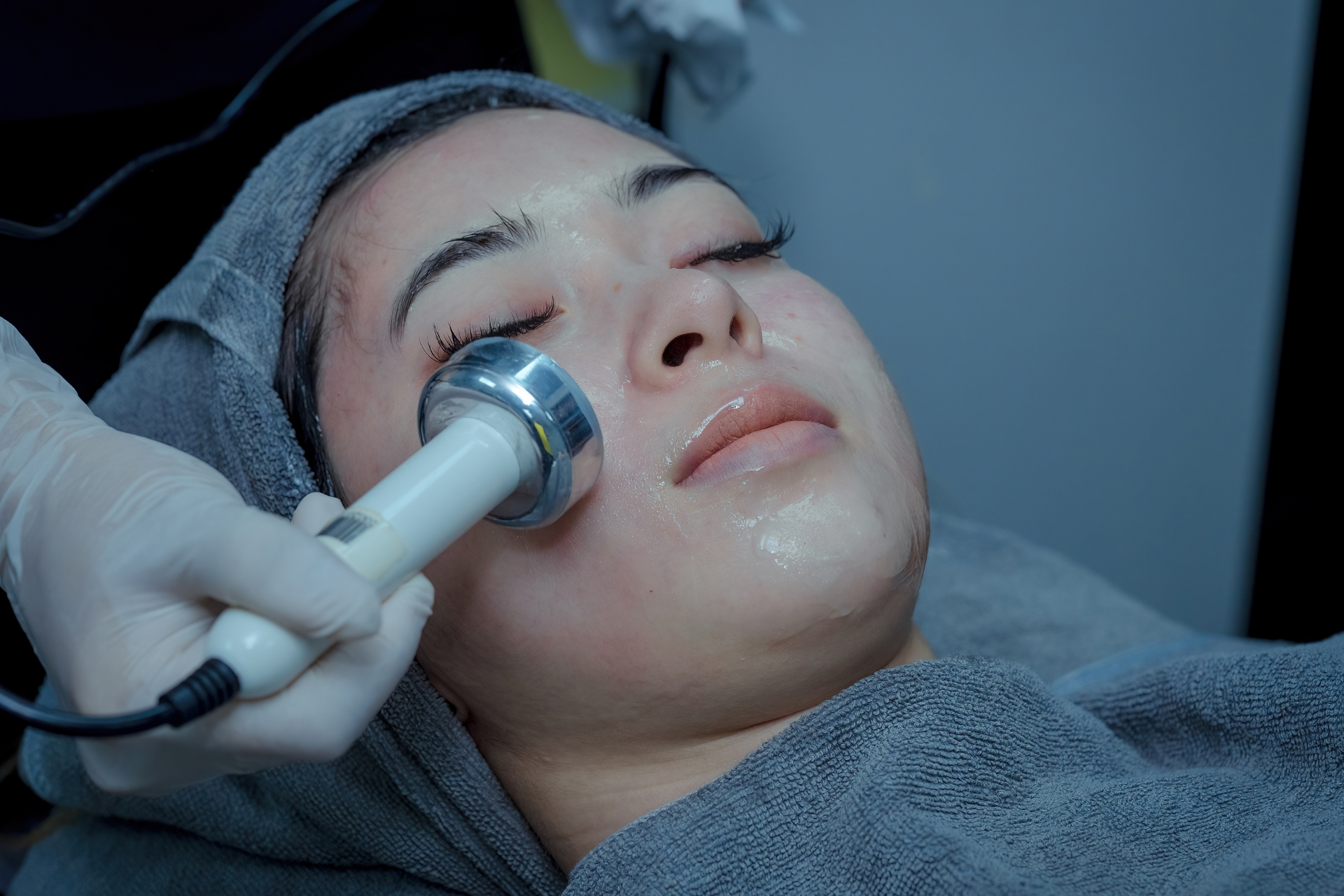Understanding the Different Types of Cryosurgery and Their Uses

At Fall Creek Skin and Health Clinic, we believe in providing our patients with the latest and most effective treatments to address a wide range of skin concerns. One such treatment that has gained popularity in recent years is cryosurgery. Cryosurgery, also known as cryotherapy, is a non-invasive procedure that uses extreme cold temperatures to destroy abnormal or diseased tissue. In this blog post, we will delve into the different types of cryosurgery and their uses to help you better understand this innovative treatment option.
1. Cryosurgery for Skin Lesions:
Cryosurgery is commonly used to treat various skin lesions, including warts, skin tags, and precancerous skin growths. Liquid nitrogen or other cryogenic gases are applied to the lesion, causing the tissue to freeze and eventually slough off. This method is highly effective for superficial skin lesions and generally requires minimal recovery time.
2. Cryosurgery for Skin Cancer:
For certain types of skin cancer, such as basal cell carcinoma and squamous cell carcinoma, cryosurgery can be an effective treatment option. The freezing temperatures target and destroy cancerous cells while preserving the surrounding healthy tissue. Cryosurgery for skin cancer is often used in cases where surgery may not be feasible or for patients who prefer a less invasive approach.
3. Cryosurgery for Acne:
Cryosurgery can also be used to treat acne by freezing the sebaceous glands and reducing oil production. By targeting the root cause of acne, cryosurgery can help improve skin texture and reduce the frequency of breakouts. This treatment is particularly beneficial for individuals with stubborn acne that does not respond to traditional skincare products.
4. Cryosurgery for Keloids:
Keloids are raised scars that occur when the skin overproduces collagen during the wound healing process. Cryosurgery can help flatten keloids by freezing the excess scar tissue and promoting collagen remodeling. This treatment is especially useful for patients with recurring keloids or those who are prone to developing excessive scar tissue.
5. Cryosurgery for Pain Management:
In addition to its applications in dermatology, cryosurgery can also be used for pain management. Cryoablation is a minimally invasive procedure that involves freezing the nerves responsible for transmitting pain signals. This can provide relief for chronic pain conditions such as arthritis, neuropathy, and musculoskeletal injuries.
Cryosurgery is a versatile treatment option that offers numerous benefits for patients seeking minimally invasive solutions for various skin concerns. If you are considering cryosurgery, it is essential to consult with a qualified healthcare provider to determine the most suitable treatment approach for your individual needs.
At Fall Creek Skin and Health Clinic, our team of experienced healthcare professionals is dedicated to providing personalized care and innovative treatments to help you achieve optimal skin health. To learn more about cryosurgery and other services we offer, schedule a consultation with our clinic today.
Remember, understanding the different types of cryosurgery and their uses is the first step towards making informed decisions about your skin health. Stay informed, stay proactive, and prioritize your well-being with Fall Creek Skin and Health Clinic.
For all skin-related problems and general practice needs, trust Fall Creek Skin and Health Clinic to provide comprehensive and affordable care for patients of all ages. Your journey to healthy skin starts here.



Need Our Services?
Book a free consultation

Our promise is to offer high-quality medical attention at a fair price in a clean, friendly, and professional environment.
QUICK LINKS
BUSINESS HOURS
- Mon - Thu
- -
- Friday
- -
- Saturday
- Appointment Only
- Sunday
- Closed
All Rights Reserved | Fall Creek Skin and Health Clinic |
